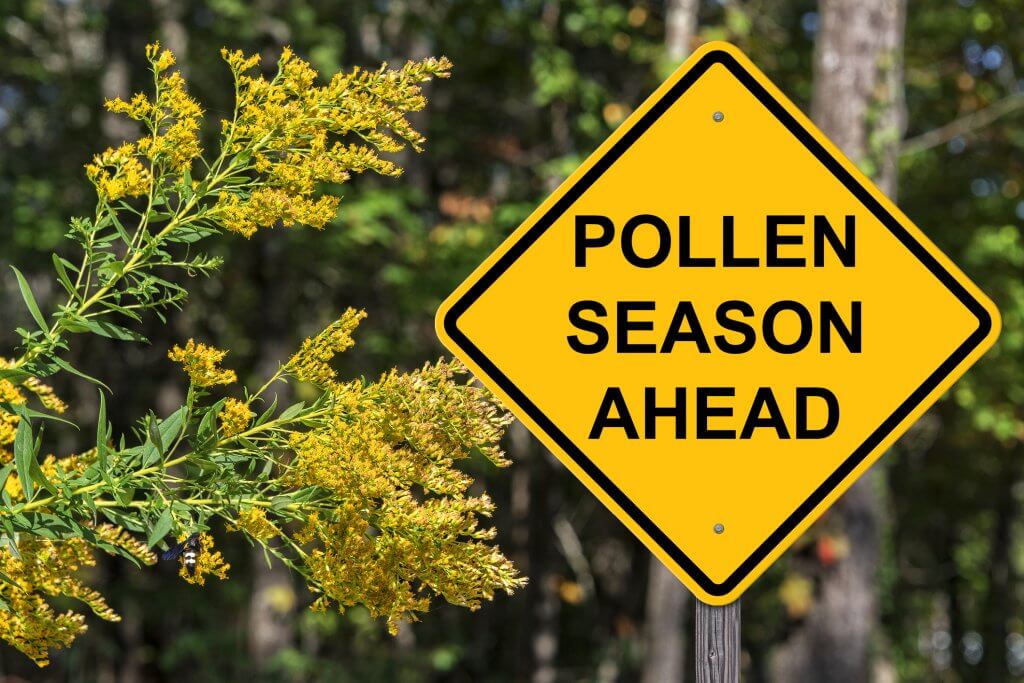Several factors determine the severity of allergy season
The spring allergy season could be the worst yet, or at least that is what you might hear. Every year is identified as being the worst for allergy sufferers, but are spring allergies really on the rise?
There are many events that can help predict how bothersome the spring allergy season will be. While it’s true that allergies are on the rise and affecting more Americans than ever, each spring isn’t necessarily worse than the last.
According to the American College of Allergy, Asthma and Immunology (ACAAI), 23.6 million Americans were diagnosed with hay fever in the last year. The prevalence of allergies is surging upward, with as many as 30 percent of adults and up to 40 percent of children having at least one allergy.
The following are factors that influence the severity of allergy season, along with some explanations about why more Americans are being diagnosed with allergies.
 Climate Change
Climate Change
Recent studies have shown pollen levels gradually increase every year. Part of the reason for this is due to the changing climate. The warmer temperatures and mild winters cause plants to begin producing and releasing pollen earlier, making the spring allergy season longer. Rain can promote plant and pollen growth, while wind accompanying rainfall can stir pollen and mold into the air, heightening symptoms. The climate is not only responsible for making the allergy season longer and symptoms more bothersome, but may also be partially to blame for the rise in allergy sufferers.
Priming Effect
A mild winter can trigger an early release of pollen from trees. Once allergy sufferers are exposed to this early pollen, their immune system is primed to react to the allergens, meaning there will be little relief even if temperatures cool down before spring is in full bloom. This “priming effect” can mean heightened symptoms and a longer sneezing season for sufferers.
Hygiene Hypothesis
This theory suggests that exposure to bacterial by-products from farm animals, and even dogs, in the first few months of life reduces or delays the onset of allergies and asthma. This may, in part, explain the increasing incidence of allergies worldwide in developed countries.
Allergy: The New Kleenex
Ever hear someone ask for a Kleenex instead of a tissue? Much like some relate all tissues to Kleenex, many also blame runny noses, sneezing, and itchy eyes on allergies, even if they haven’t been accurately diagnosed. Increased awareness and public education can make it seem like nearly everyone has an allergy or is getting diagnosed with allergies, but it could be more public perception more than you think.
While many allergy sufferers reach for over-the-counter medications to find relief, if you think you have allergies, see a board-certified allergist. An allergist can perform testing to accurately diagnose and treat sufferers so the spring sneezing season doesn’t have to be bothersome.
Over-the-counter medications may work for those with mild symptoms, but they can cause a variety of unwanted side effects. For sufferers with persistent symptoms, treatment may include allergy shots, which not only provide symptom relief but also modify and prevent disease progression.”
If you think you might be one of the more than 50 million Americans that suffer from allergies and asthma visit our website at www.allergyclinical.com and call to make an appointment.